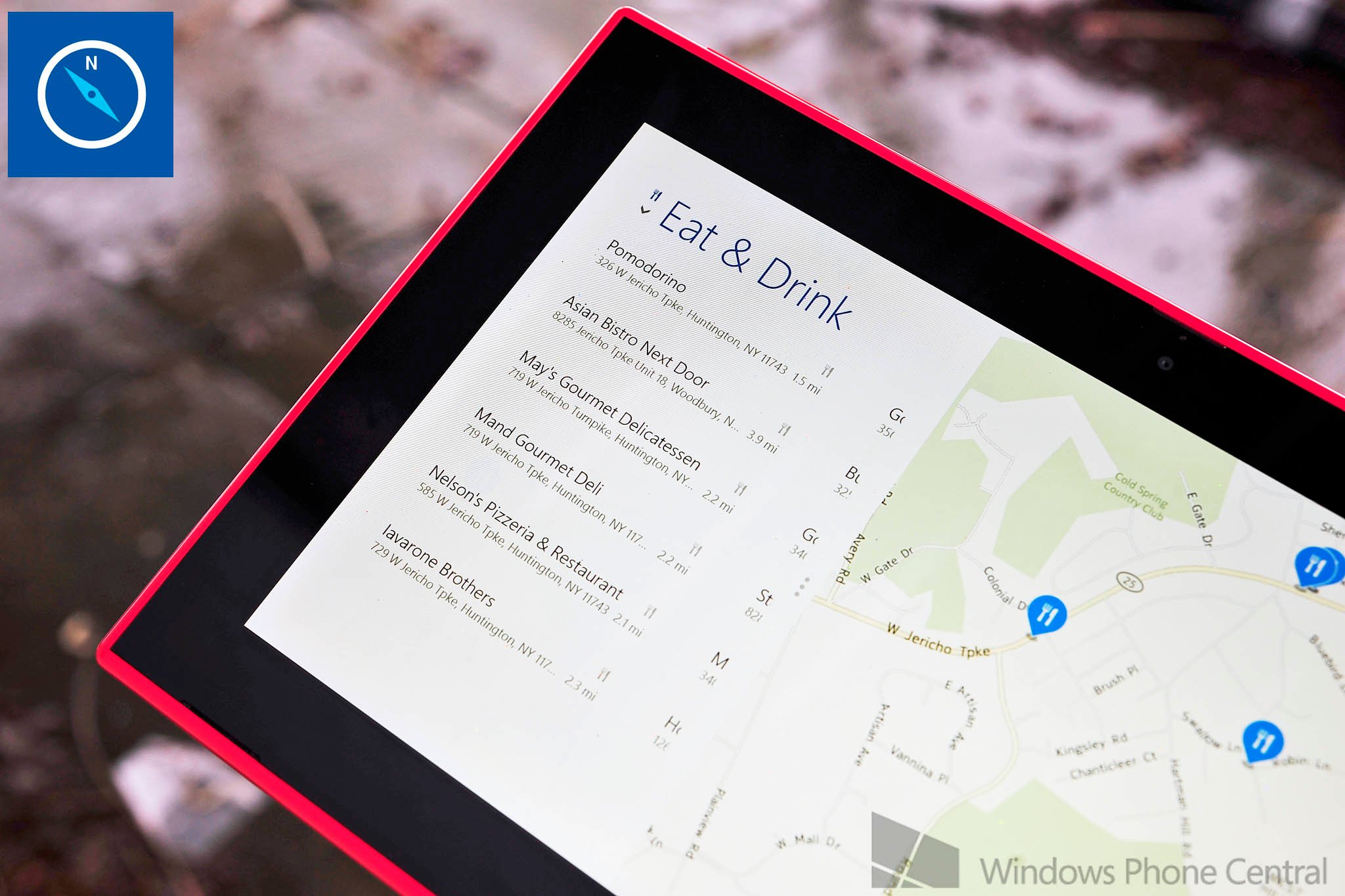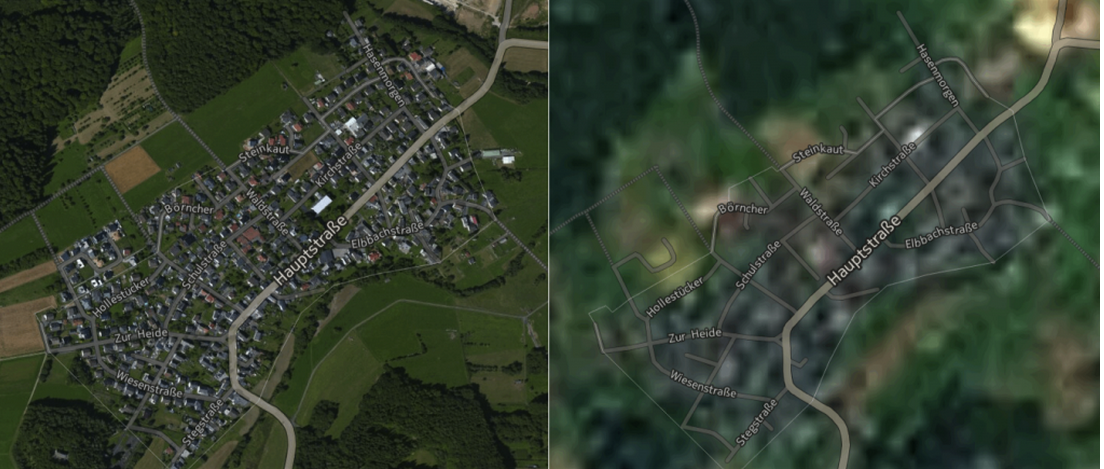Nokia releasing HERE Maps for all Windows 8.1 tablets and PCs in coming days

Back a few months ago, Nokia entered the hyper competitive tablet market with the Lumia 2520 (review), a Windows RT device that has received a lot of high praise, even if limited availability. That device also had some exclusive software on board, including a full HERE Maps suite.
Today, Nokia has announced that a new and improved version of HERE Maps is coming to all Windows 8.1 devices over the coming days. HERE Maps have always been really fun to use, but with the syncing ability between Lumias phones and HERE Maps on a PC, it should take it to the next level.

The news was announced on the HERE blog Three-Sixty. New features for this universal updated version include:
- Speed – “The offline maps load as quickly as your computer can manage, of course, so it’s a lot faster than using a website for navigation. But there are also speed improvements to the online portions.”
- Mouse + keyboard support for traditional PC users, in addition to the continued support of touch displays
- Latest high-resolution satellite imagery
HERE Maps currently offers vector, satellite and 3D maps, points of interest, search and route planning. Users can also optionally download maps for offline use, similar to how Windows Phone currently handle HERE Maps as well.
Nokia confirms that RT devices, like the Surface 2, and ‘Pro devices’, like any PC or x86 hybrid, will support the re-launched HERE Maps for 8.1. We’ll keep you posted when the app goes live in the Windows Store.
Source: Three Sixty; Thanks, Sarang D., for the tip
Get the Windows Central Newsletter
All the latest news, reviews, and guides for Windows and Xbox diehards.

Daniel Rubino is the Editor-in-chief of Windows Central. He is also the head reviewer, podcast co-host, and analyst. He has been covering Microsoft since 2007 when this site was called WMExperts (and later Windows Phone Central). His interests include Windows, laptops, next-gen computing, and wearable tech. He has reviewed laptops for over 10 years and is particularly fond of 2-in-1 convertibles, Arm64 processors, new form factors, and thin-and-light PCs. Before all this tech stuff, he worked on a Ph.D. in linguistics, performed polysomnographs in NYC, and was a motion-picture operator for 17 years.
